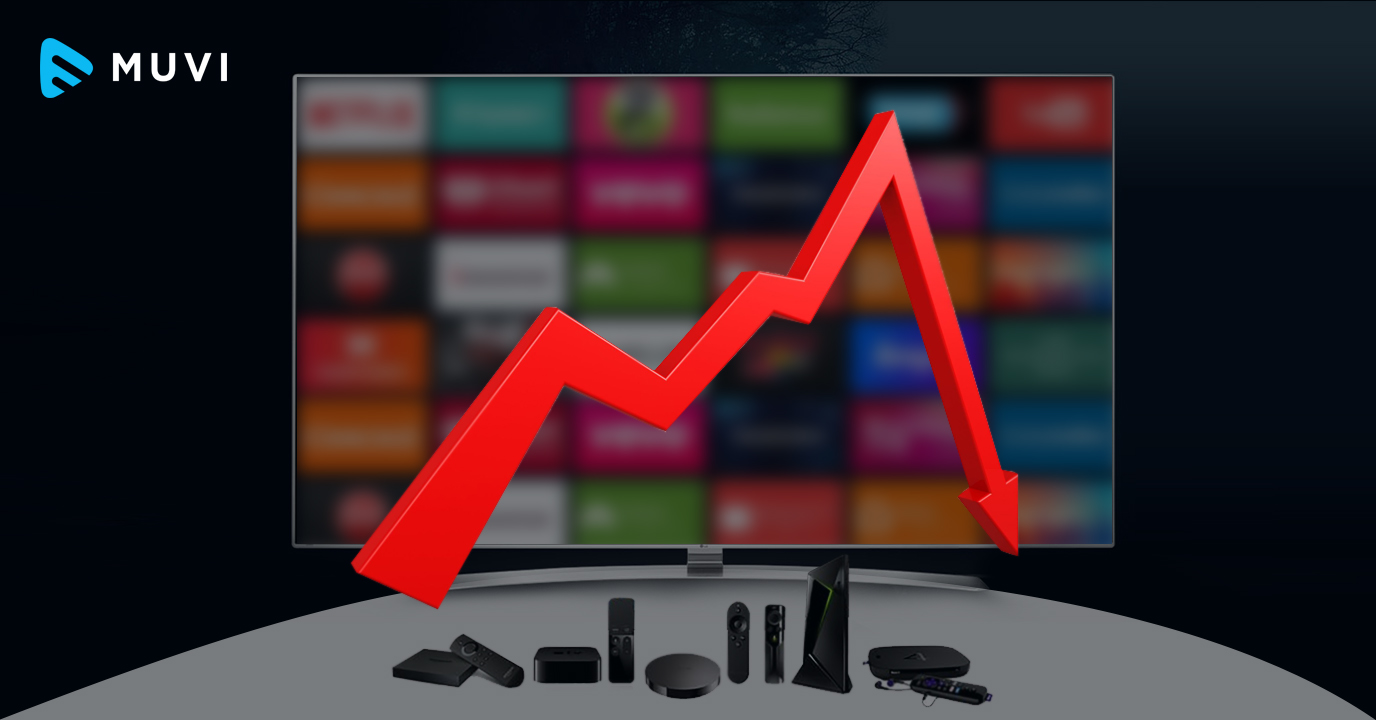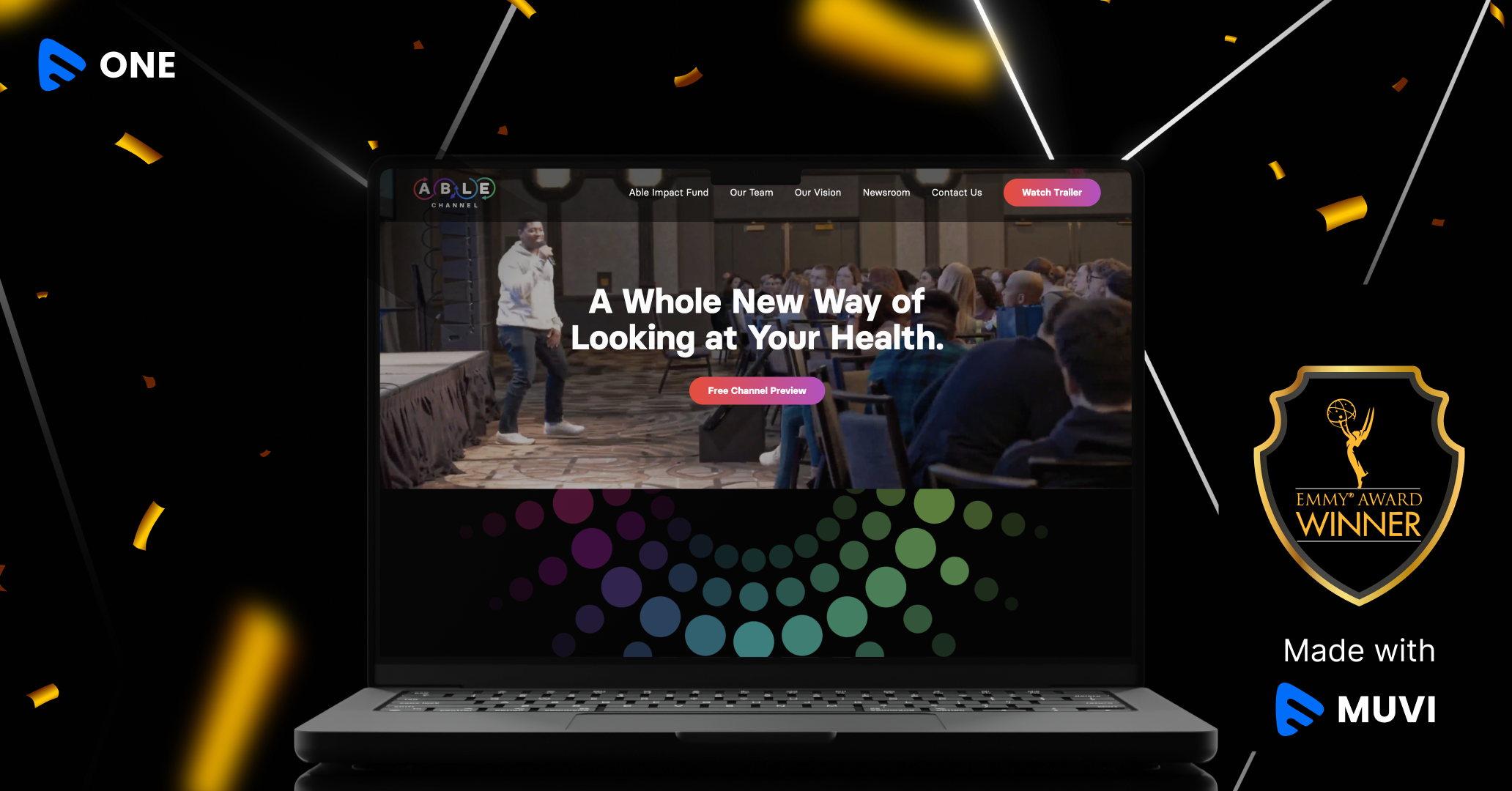Written by: Roshan Dwivedi
Your living room TV is the battleground for connected content experiences. At war are smart TV manufacturers, streaming stick brands, and set-top boxes. The beginning of 2018 saw the war heat up as TV manufacturers rolled out some breakthrough innovations at CES 2018.
- Samsung announced that its 2018 smart TVs will be powered by Bixby, its intelligent assistant platform and SmartThings, Samsung’s IoT platform hub. It will also have Universal Guide which will offer personalized content to consumers based on their TV preferences through Samsung’s Smart Hub platform and now introduce Develop Samsung TV App.
- Hisense — the world’s third-largest TV manufacturer — announced adding Amazon’s Alexa smart assistant to its line of smart TVs.
- LG debuted its first TVs with Google Assistant built in called WebOS
Streaming sticks/boxes and smart TVs are the two most popular way to go about OTT streaming. The customer value proposition that modern TV manufacturers are delivering makes the traditional cable box and set-top boxes feel woefully out of date!
5 Critical Factors For Winning The OTT Streaming Battleground
1. User Experience Supremacy
The compact, inexpensive and dead simple, streaming sticks such as Roku, Google Chromecast, and Amazon Fire TV deliver an intriguing discussion on “what users really want?” With the wider adoption of 4K emerging and 8K already on the horizon, there is an ever-increasing demand from consumers for better, higher quality visual content. Plus, with augmented and virtual reality becoming more popular, there is an appetite from viewers for more engaging and personalized content. This combined together, makes the user experience the most critical factor for success.
“The future of TV is apps,” said Apple CEO Tim Cook in 2015. It is interesting to consider that smart TVs and hardware-centered streaming devices might eventually resemble the smartphone market — with user experience being the biggest differentiator.
2. Set-Top Boxes in a Cloud-First World
The emergence of the cloud is another reason why the global market for set-top boxes has receded. With technology changing at a high rate, it is no surprise hardware functionality of set-top-boxes is being replaced by cloud. This creates a greater impact on set-top-boxes because complexity reduces, so does the prices and potentially the need for a set-top-box.
3. Convenience and Cost Effectiveness
According to a report from FCC (Federal Communications Commission), the rental fees of set-top-boxes have jumped from 185% since 1994, while costs of PCs, TVs, and mobiles have dropped 90%. A smart HD TV costs around $100 more than a set minus the smart services. But, the price difference can be deceiving because smarter TV often offers more than just connected services. From better video processing to expanded features such as better picture clarity, HDMI ports on the back are few added values services offered by the smart TVs nowadays. This implies that you get more for your money than just apps and an internet connection.
With smart TVs manufacturers continually evolving their game, the day is not too far when consumers would drop dumb streaming devices in favor of next-gen entertainment experiences. UHD TVs come with more inbuilt and innovative features that consumers can’t get away from being convinced to ditch their current streaming devices and upgrade.
4. Connected Experiences
Although some VOD streaming devices like Roku can stream content from various services through dedicated channel applications, it doesn’t have its own browser. Few streaming set-top boxes lack Ethernet options. Users can’t use its browser to surf the web on their TV. Smart TV allows users to go online via WiFi or Ethernet and access other web services via their main screen. It just requires a special browser that supports all the HTML standards that website uses and can convert and display those sites properly on big screen. Having a connectivity choice is crucial when you are streaming HD content. Some smart TV manufacturers offer e-commerce services. Samsung, for example, offers T-commerce service will also allow users to identify the attire stars are wearing and order their own copy of the outfit on selected programmes.
[ Want to build a Netflix-like online video streaming service with support for high dynamic range, 4K, and adaptive bit rate management! Try Muvi. ]
5. Enhancing User Engagement
From an engagement perspective, there’s a lot more to talk about. Today’s customers are empowered. They interact with multiple devices for purposes like entertainment, connecting with others and adding values to their lives. From Samsung to LG tv Streaming App Development, smart TV manufacturers are looking to deliver not just connected experiences but a smart, connected home, creating an ecosystem that’s hard to beat. For instance, your photos may be stored on your computer in the study, but you can view them on a smart TV in your lounge! This new-age continuum of engagement will help smart TVs deepen their relationship with consumers and make the fragmented viewing experience a thing of the past.
An improved user interface, immersive viewing experience, remarkable growth in display technologies, seamless transition between devices, and the convenience of a consolidated platform accessible through a television, personal computer or cell phone app make the future of smart TVs look more promising. And, with people joining the smart UHD TV market bandwagon, it could mark the end of yesteryear set-top boxes and streaming devices. The future of media content might be just as an embedded platform, not in standalone streaming boxes and sticks. The streaming box business, as we have come to know it, will be a relic in a future not too far from now.
Build on Muvi to avail unlimited everything for video streaming. Add unlimited content, consume endless bandwidth, and make unlimited transactions. Sign Up now. ]













Add your comment